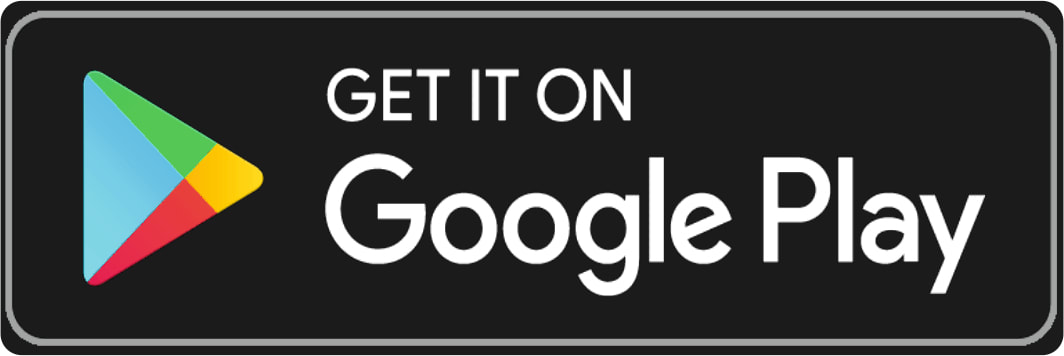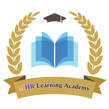|
Multiple Choice Questions-2 Questions: 1.Match list I wish list II and select the correct answers from the codes given below: List-I List-II a. George Simmel i) Complex of associations b. Maclver ii) Social Statistics c. C.G.D.M.Code iii) Web of social relationship d. Auguste Comte iv) Element of sociability Codes: A B C D a) (iii) (iv) (i) (ii) b) (ii) (iii) (iv) (i) c) (iii) (ii) (iv) (i) d) (iv) (iii) (i) (ii) Ans :- D 2.Which among the following is / are the characteristics of society: a) Dynamic b) Unique culture c) Gregarious nature of man d) All the above Ans :- D 3. Assertion (A) Group of individuals Living in a geographical area is called as Community Reason (R): Community shares with same Physical environment Choose your answer from the codes given below: a) Both (A) and (R) are correct and (R ) is the correct explanation of (A) b) Both (A) and (R) are not correct. c) Both (A) and ( R) are correct, but ( R ) is not the correct explanation of (A) Ans :- A 4.Collection of groups that inhibits a locally is ________ a) Society b) Community c) Association d) Institution Ans :- B 5.Match list I with list Ii and select the correct answers from the codes give below: List-I List-II a) society i) We feeling b) Institution ii) Universality c) Community iii) Consciousness of kind d) Social groups iv) Unique culture Codes: A B C D a) (iii) (iv) (i) (ii) b) (ii) (iii) (iv) (i) c) (iii) (ii) (iv) (i) d) (iv) (ii) (i) (iii) Ans :- D 6. Assertion (A): Community Assertion (A): Community refers to an aggregate of individual Reason (R) community is the complex form of organized institutions Choose your answer from the codes given below: a) Both (A) and (R) are correct b) Both (A) and (R) are not correct. c) (A) is correct but (R) is not correct d) (A) is not correct but (R) is correct. Ans :- C 7. Gemeinschaft is also termed as _______ a) Social group b) Community c) Association d) Institution Ans :- B 9. The humans having a sense of unity and share similar characteristic is ______ a) Social group b) Community c) Association d) Institution Ans :- A 10. Assertion (A): The in groups refers to the individual having membership in the group. Reason (R): The concept was introduced by William Graham Sumner Choose your answer from the codes given below. a) Both (A) and (R) are correct and (R) is the correct explanation of (A). b) Both (A) and (R) are not correct. c) Both (A) and (R) are correct, but (R) is not the correct explanation of (A). d) (A) is correct, but (R) is not the correct explanation of (A). Ans :- A 11. William Graham Summer introduced the concept a) In groups b) Out groups c) a & b d) None of the above Ans :- C 12. The consciousness of kind was introduced by _________ a) Sumner b) Giddings c) Bisno d) Cooley Ans :- B 13. The tendency to associate with other people of similarities is _________ a) In groups b) Out Groups c) Consciousness of kind d) Institution Ans :- C 14. Match list I with list II and select the correct answers from the codes given below: List I List II a. In groups i) Cooley b. Consciousness of kind ii) Summer c. Primary group iii) MacIver d. Social coherence iv) Giddings Codes: A B C D a) (iii) (iv) (i) (ii) b) (ii) (iii) (iv) (i) c) (iii) (ii) (iv) (i) d) (ii) (iv) (i) (iii) Ans :- D 15. The face to face association developed by Cooley was __________ a) Primary group b) Reference group c) Peer group Ans :- A 16. Assertion (A): Primary group share some type of common group identity Reason (R): The natural identity of primary group is we or us. Choose your answer from the codes given below: a) Both (A) and (R) are correct and (R) is the correct explanation of (A). b) Both (A) and (R) are correct. c) Both (A) and (R) are correct, but (R) is not the correct explanation of (A). d) (A) is correct, but ® is not the correct explanation of (A). Ans :- A 17. The group which is composed of 15 to 20 individuals is ______ a) Primary group b) Secondary group c) Reference group d) Peer group Ans :- A 18. Assertion (A): Secondary group fulfills the lack of elements. Reason (R): Group composed of individuals lacking in strong emotions ties with one another Choose your answer from the codes given below: a) Both (A) and (R)are correct. b) Both (A) and (R) are not correct. c) (A) is correct d) Peer group Ans :- A 19. The group in which individuals processing certain character used as standards are: a) Primary group b) Secondary group c) Reference group d) Peer group Ans :- C 20. The group which is made up of relatively equal status is_____ a) Primary group b) Secondary group c) Reference group d) Peer group Ans :- D 21. Assertion (A): Voluntary group is the selection of group by the individual Reason : The individual in peer group interact frequently a) Both (A) and (R) are correct and (R) is the correct explanation of (A). b) Both (A) and (R) are correct c) Both (A) and (R) are correct, but (R) is not the correct explanation of (A). d) (A) is correct but (R) is not the correct explanation of (A). Ans :- A 22. The group in which the factors does not has an influence on the individual is a) Primary group b) Secondary group c) Voluntary group d) Involuntary group Ans :- D 23. Assertion (A): Bureaucracy is complex format original structure Reason (R): Efficiency is achieved through control direction of activities. a) Both (A) and (R) are correct and (R) is the correct explanation of (A). b) Both (A) and (R) are correct. c) Both (A) and (R) are correct, but (R) is not the correct explanation of (A) d) (A) is correct, but (R) is not the correct explanation of (A). Ans :- A 24. Which is charge of Bureaucracy account to web? i) Division of labour ii) Chain of command iii) Unwritten iv) Chain of command a) I ‘ii b) I, ii, iv c) I, iii, iv d) ii, iii, iv Ans :- D 25. The systematized & established way of living together is ________ a) Society b) Community c) Institution d) Social Structure Ans :- C Subscribers please login to access full text of the article
New 1 Year Subscription to Digital Archives at just Rs.500
0 Comments
Your comment will be posted after it is approved.
Leave a Reply. |
UGC NET Training for
Social Work We are pleased to announce the training programme on “UGC NET Social Work”. The details of which are as under. It covers in detail the UGC NET Social Work syllabus and previous question papers.
Categories
All
|
SITE MAP
SiteTRAININGJOB |
HR SERVICESOTHER SERVICESnIRATHANKA CITIZENS CONNECT |
NIRATHANKAPOSHOUR OTHER WEBSITESSubscribe |
MHR LEARNING ACADEMY
50,000 HR AND SOCIAL WORK PROFESSIONALS ARE CONNECTED THROUGH OUR NIRATHANKA HR GROUPS.
YOU CAN ALSO JOIN AND PARTICIPATE IN OUR GROUP DISCUSSIONS.
YOU CAN ALSO JOIN AND PARTICIPATE IN OUR GROUP DISCUSSIONS.
|
|
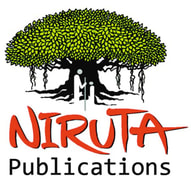
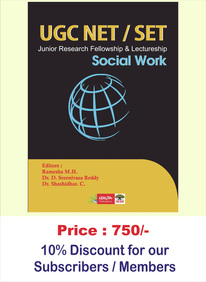
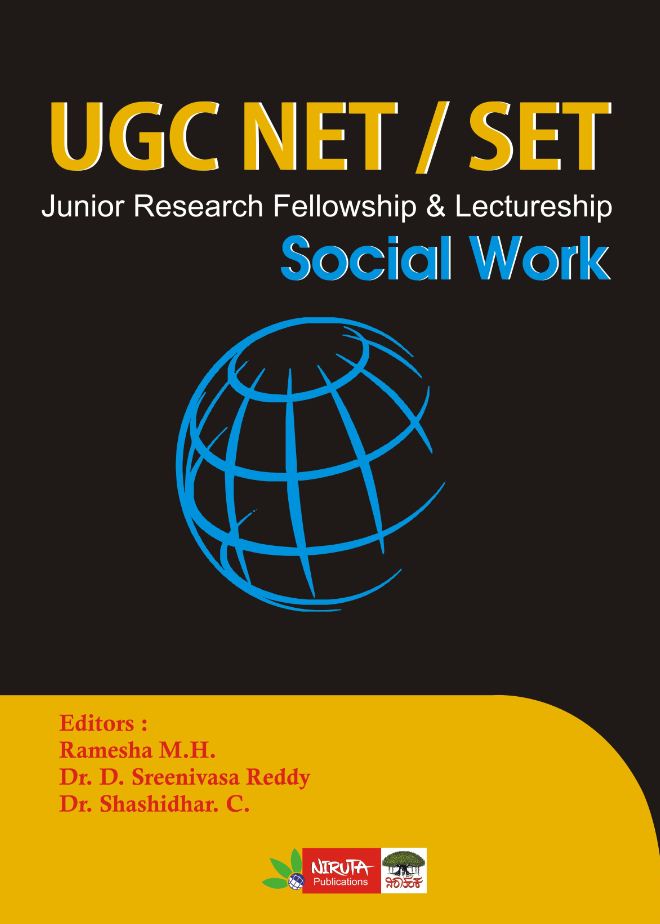
 RSS Feed
RSS Feed

